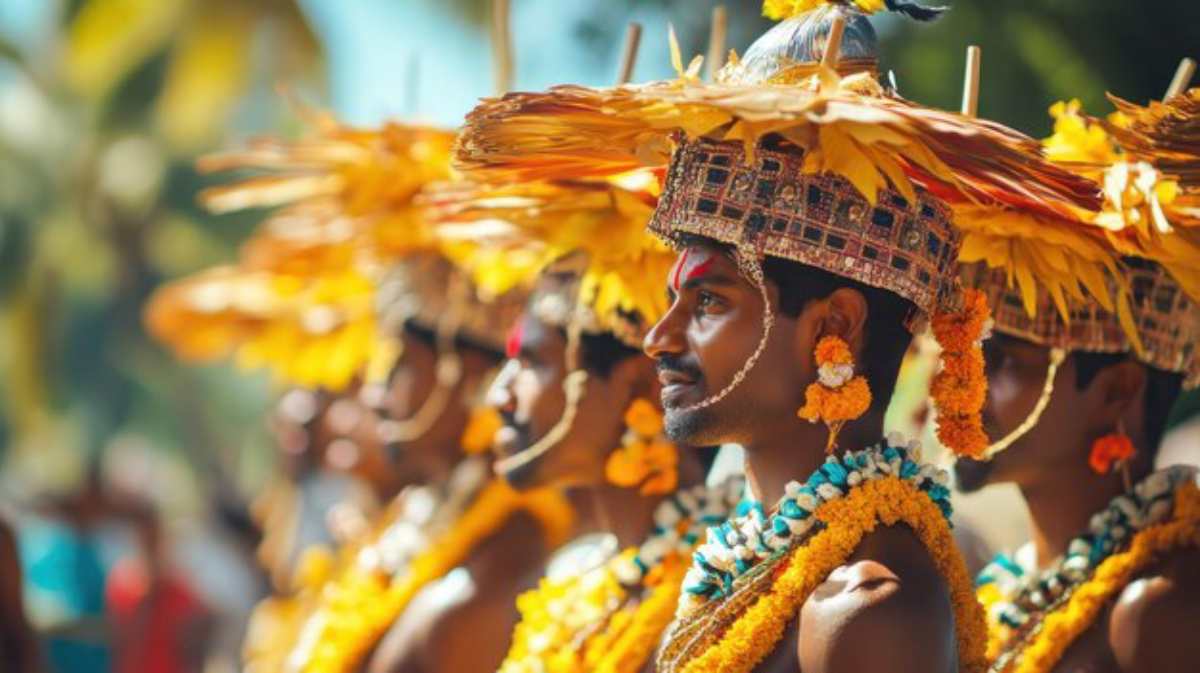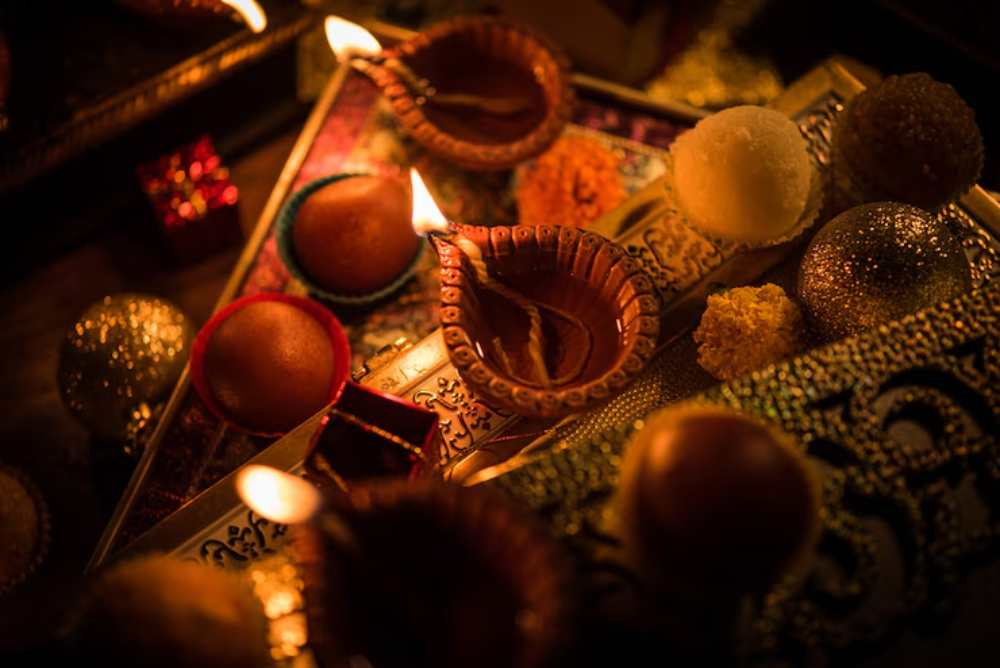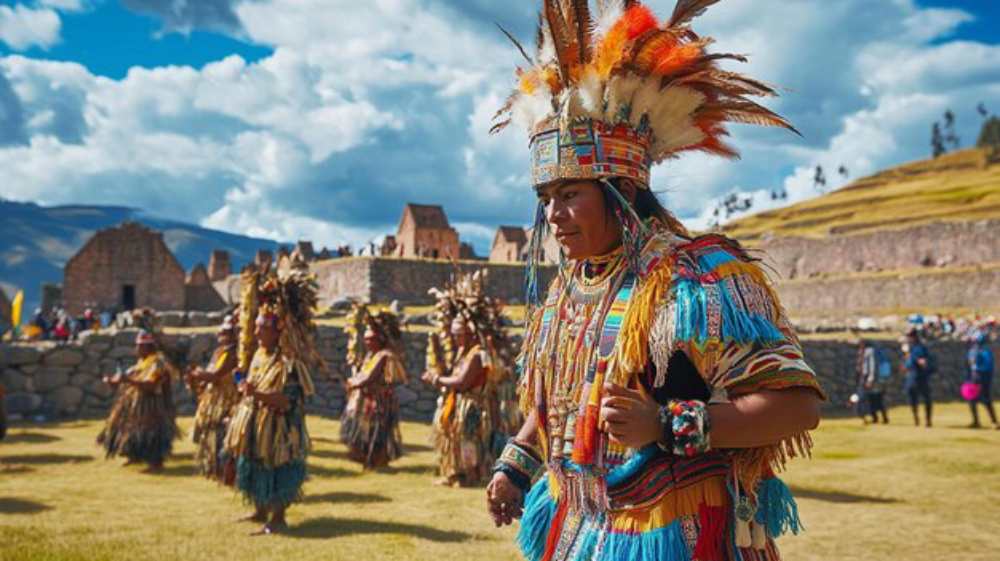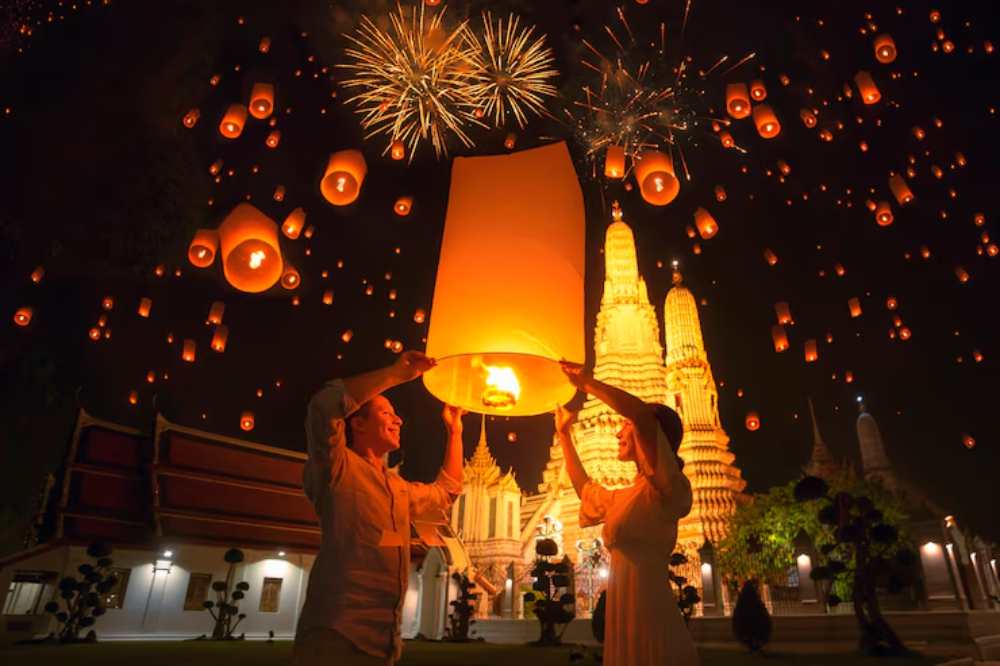
Ancient Traditions Still Celebrated Today
In a world increasingly defined by rapid change and modern innovation, it’s easy to forget that some of the most meaningful moments in our lives are deeply rooted in the past. Across continents and cultures, people continue to honour their ancestors, uphold seasonal rituals, and gather in vibrant cultural festivals that stretch back thousands of years.
These enduring ancient traditions are more than symbolic gestures—they’re living expressions of identity, spirituality, and communal memory. From firelit dances to sacred pilgrimages, they provide a vital link between generations, offering both continuity and a sense of belonging in an ever-evolving world.
In this article, we explore some of the most remarkable global celebrations that still preserve their ancient origins. They serve as reminders that while time moves forward, the stories and values of the past continue to shape who we are today.
1. Diwali – India

Festival of Lights with Ancient Vedic Roots
Diwali, or Deepavali, is one of the most widely celebrated festivals in India and among Hindu communities worldwide. With its roots in the ancient Sanskrit epics, the festival marks the victory of light over darkness and good over evil.
Origin:
- Derived from ancient Hindu scriptures like the Ramayana and Mahabharata
- Celebrates the return of Lord Rama to Ayodhya after defeating the demon king Ravana
Celebrations:
- Lighting oil lamps (diyas) and fireworks
- Decorating homes with rangoli and flowers
- Family feasts and sharing of sweets
- Worship of Lakshmi, the goddess of prosperity
Why It Endures: Diwali combines spirituality, joy, and community—a powerful trifecta that keeps it relevant across generations.
2. Obon – Japan
Honouring Ancestors Through Dance and Lanterns
Obon is a Japanese Buddhist tradition that dates back over 500 years, though its roots are believed to be even older, inspired by the Urabon Sutra and the idea of ancestral spirits returning to visit the living.
Celebrations:
- Families clean and decorate ancestral graves
- Bon Odori (folk dancing) in public spaces
- Floating lanterns to guide spirits back to the other world
Cultural insight: Obon blends spiritual reverence with celebration, offering a contemplative moment in Japan’s busy calendar.
3. Pongal – Tamil Nadu, India
Harvest Festival from the Time of the Cholas
Pongal is one of the oldest known cultural festivals in South India, celebrating the harvest and paying respect to the Sun God. It dates back over 1,000 years, with references found in early Tamil literature and inscriptions from the Chola dynasty.
Key Rituals:
- Boiling new rice in earthen pots
- Decorating cattle and homes with kolam designs
- Giving thanks for agricultural abundance
Why It’s Special: Pongal maintains a close connection to land and livelihood, fostering gratitude and sustainability.
4. Nowruz – Iran and Central Asia
The Persian New Year with Zoroastrian Origins
Nowruz, meaning “new day”, is celebrated on the spring equinox and has its roots in Zoroastrianism, one of the world’s oldest religions. It’s observed across Iran, Afghanistan, parts of Central Asia, and even in diaspora communities around the globe.
Traditions Include:
- Haft-Seen Table: An arrangement of seven symbolic items starting with ‘S’
- House cleaning (khaneh tekani) before the new year
- Visiting family and elders
- Fire-jumping ceremonies (Chaharshanbe Suri) for purification
UNESCO Recognition: Nowruz is listed as an Intangible Cultural Heritage of Humanity.
5. Inti Raymi – Peru

Incan Festival of the Sun
Inti Raymi was the most important religious celebration for the Inca Empire, dedicated to Inti, the sun god. Although the Spanish banned it during colonisation, the festival was revived in the 20th century and continues today as a reenactment in Cusco.
Celebrations Include:
- Processions in traditional Incan attire
- Reenactments of ancient rituals in the ruins of Sacsayhuamán
- Offerings to Pachamama (Mother Earth)
Why It Endures: Inti Raymi honours Indigenous identity and spiritual connection to nature.
6. Passover – Jewish Communities Worldwide
A Commemoration of Liberation and Faith
Passover (Pesach) marks the Israelites’ exodus from Egypt, a story found in the Torah. Though it dates back over 3,000 years, the Seder meal and associated rituals remain largely unchanged in Jewish households around the world.
Key Traditions:
- Reading from the Haggadah
- Eating symbolic foods like matzah and bitter herbs
- The Four Questions asked by the youngest family member
- Leaving a seat open for the prophet Elijah
Legacy: Passover is a testament to the power of ritual in preserving identity and resilience across millennia.
7. Carnival – Brazil and Beyond
An Explosion of Colour with Pagan and Christian Roots
Carnival is now best known for its dazzling parades and samba rhythms in Rio de Janeiro, but its origins trace back to Roman pagan festivals like Saturnalia and later, European Christian traditions marking the start of Lent.
Highlights:
- Elaborate costumes and street dancing
- Music and processions by samba schools
- Feasting before the Lenten fast
Why It’s Fascinating: Carnival is a living example of syncretism—where ancient, colonial, and modern cultures blend into a global celebration.
8. Dongzhi Festival – China
Celebrating the Winter Solstice with Ancient Wisdom
Dongzhi, meaning “Winter’s Arrival,” has been celebrated for over 2,000 years in China, particularly among Han communities. Originating from yin-yang philosophy, the festival marks the return of longer days and balance to the universe.
Traditions Include:
- Eating warm, nourishing foods like tangyuan (glutinous rice balls)
- Ancestral worship and family reunions
- Prayers for harmony and good fortune
Cultural depth: Dongzhi shows how even the seasons were once understood spiritually—and still are in many parts of Asia.
9. Thaipusam – Malaysia, Singapore, Sri Lanka
A Tamil Festival of Devotion and Endurance
Thaipusam honours Lord Murugan, the Hindu god of war and victory. With roots in ancient Tamil practices, it is especially observed by the Tamil diaspora in Southeast Asia.
Traditions Include:
- Pilgrimages to temples
- Carrying kavadis (ornate physical burdens) as acts of devotion
- Ritual piercings and walking barefoot for miles
Remarkable Ritual: Despite the physical intensity, the festival is marked by a deep sense of spiritual calm among participants.
10. Loi Krathong – Thailand

An Offering to the River Goddess with Pre-Buddhist Origins
Loi Krathong is one of Thailand’s most beautiful global celebrations, where people float decorated baskets (krathongs) on rivers and lakes to honour the water goddess, Phra Mae Khongkha.
Legend:
- Though now linked to Buddhism, it likely stems from ancient Brahmin rituals and agricultural traditions.
Rituals Include:
- Crafting krathongs with banana leaves, flowers, and candles
- Making wishes as you release your basket into the water
- Fireworks and lantern releases during Yi Peng (in northern Thailand)
Symbolism: Letting go of anger, bad luck, and regrets—carried away by the current.
Why Ancient Traditions Still Resonate
Even as societies modernise, ancient traditions offer something that new technologies and fleeting trends cannot: depth, connection, and continuity. These time-honoured celebrations:
- Reinforce identity in an increasingly globalised world
- Create community through shared experience
- Pass on values like gratitude, courage, and hope
- Anchor us spiritually in a world full of change
Whether religious, agricultural, or astronomical in origin, these cultural festivals offer not just a window into the past—but a mirror to what still matters.
Responsible Ways to Participate in Global Celebrations
If you’re planning to witness or join one of these traditions on your travels:
- Learn the background: Understand the meaning and history behind the ritual.
- Dress and behave respectfully: Follow local customs and guidelines.
- Ask before photographing: Especially during sacred moments.
- Support local artisans: Buy handmade items directly from communities.
- Travel during festivals mindfully: Avoid overwhelming sacred spaces.
Travel tip: Choose small-group or community-led tours when attending festivals abroad to ensure ethical and immersive experiences.
The Past Lives On
From the bluebell forests of Europe to the sun temples of South America, the echoes of ancient rituals still reverberate across the globe. These global celebrations aren’t relics—they’re renewals, living bridges between the wisdom of our ancestors and the needs of our future.
By honouring these ancient traditions, we don’t just preserve heritage—we enrich our understanding of humanity and strengthen the cultural celebrations and threads that bind us all.
Take action today: Choose a tradition that inspires you—learn its story, mark its date, or plan a future trip around it. In doing so, you’re not just celebrating a culture—you’re participating in something timeless.


